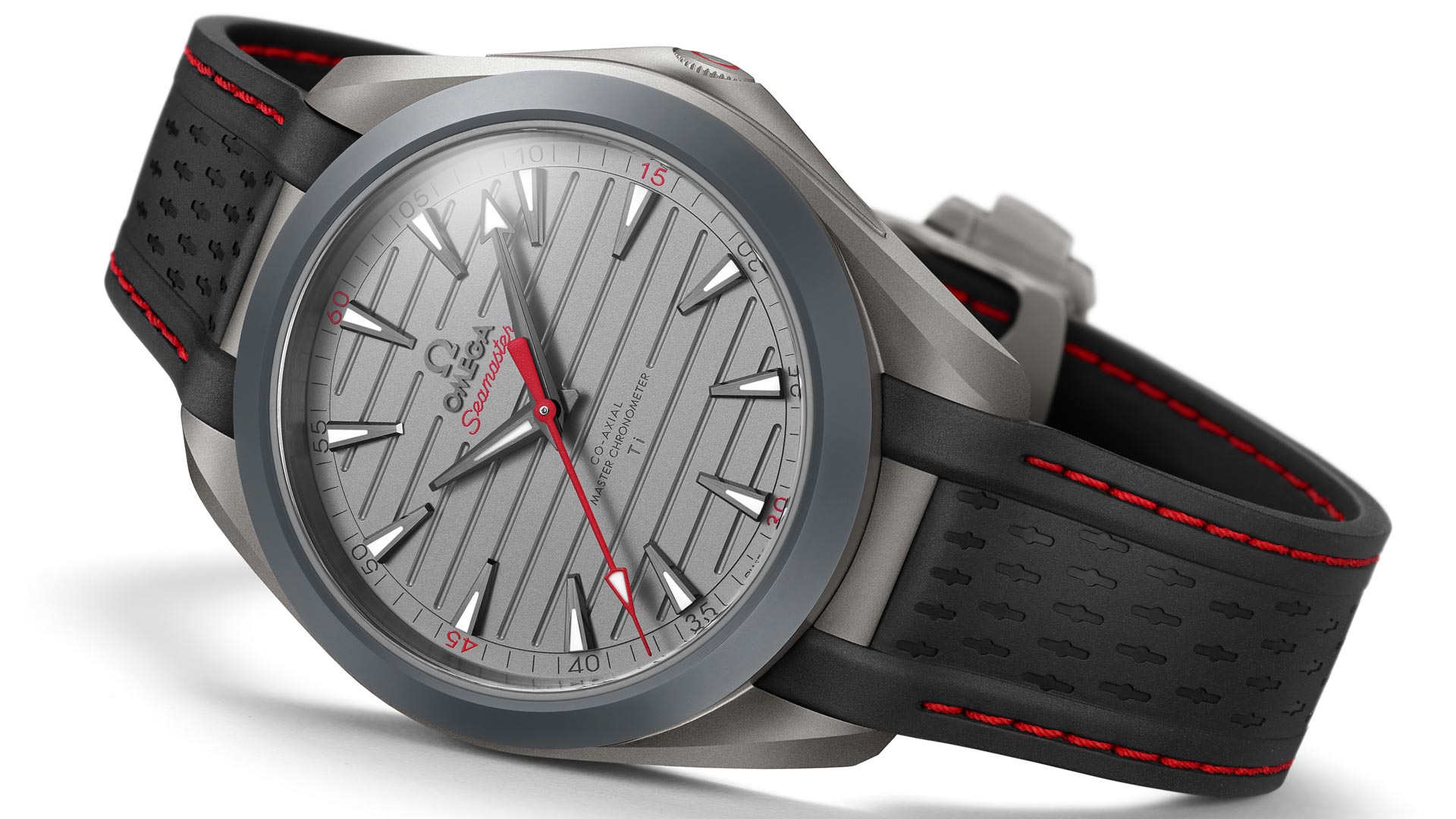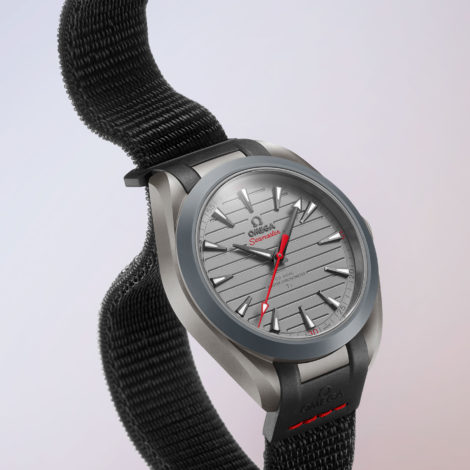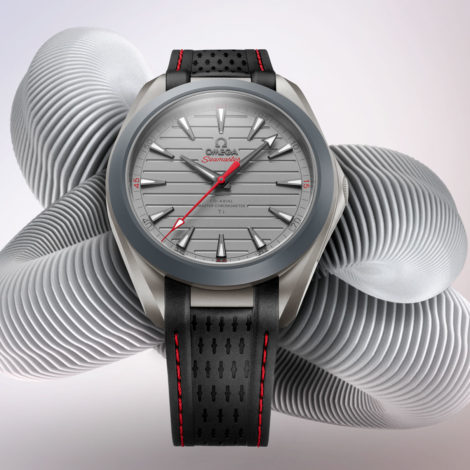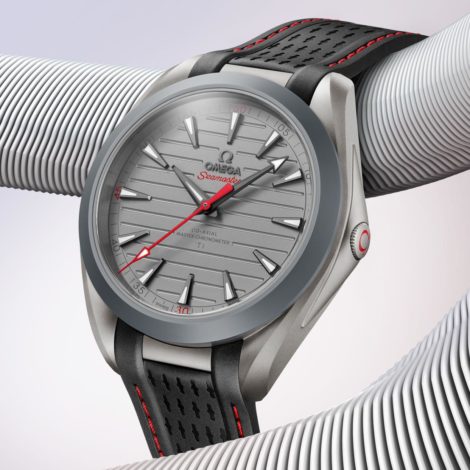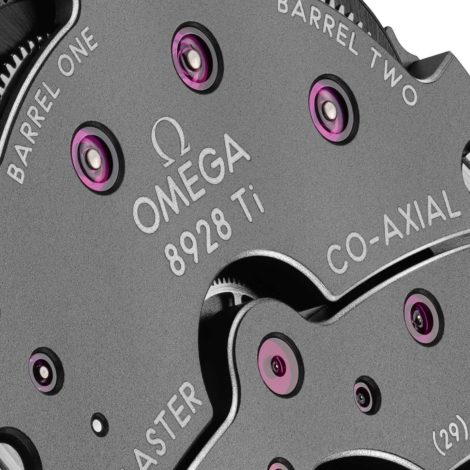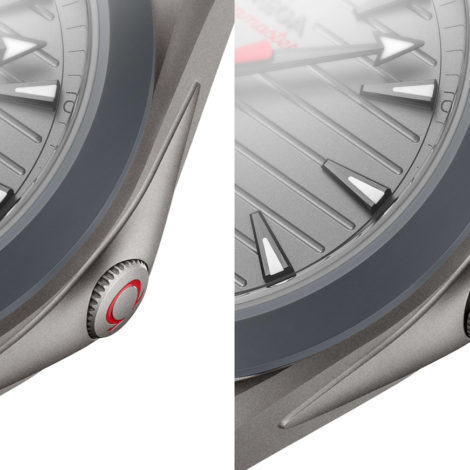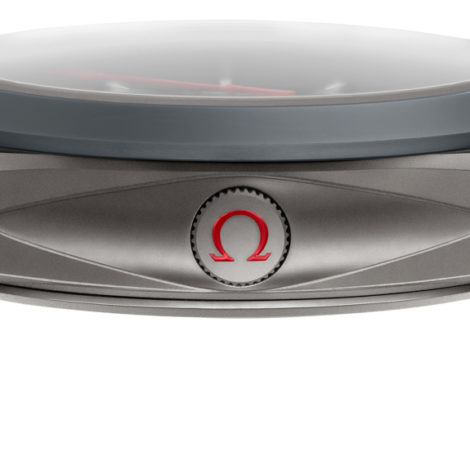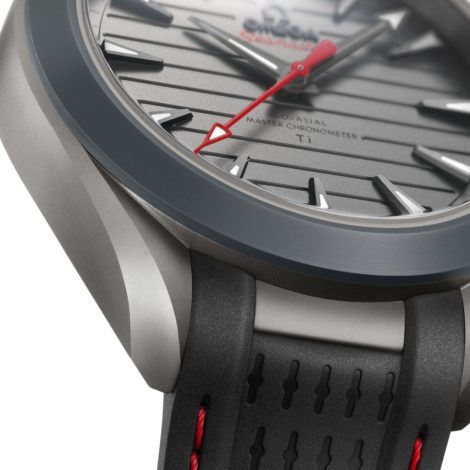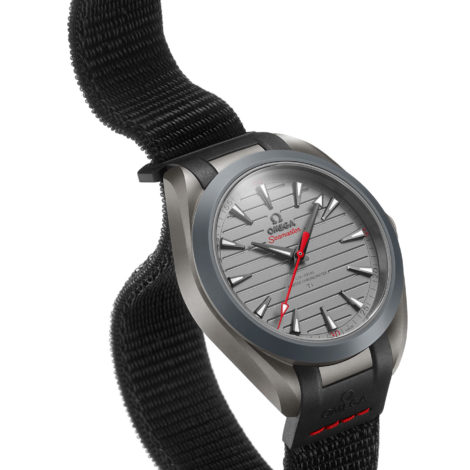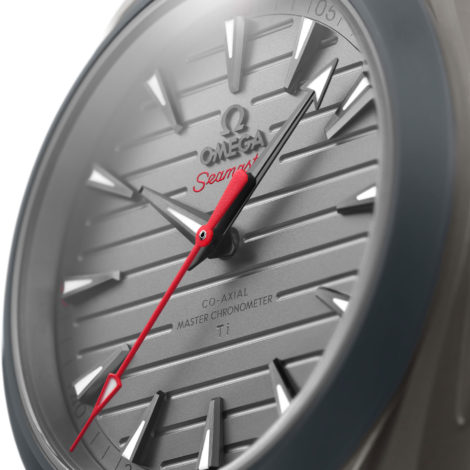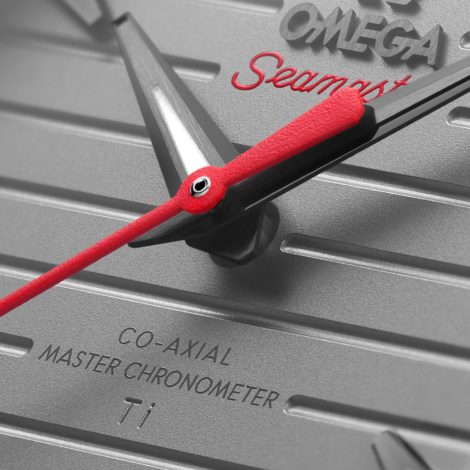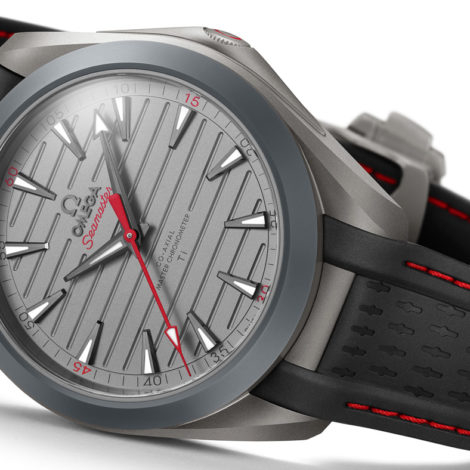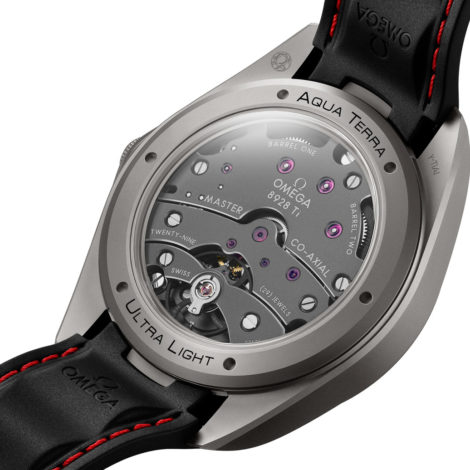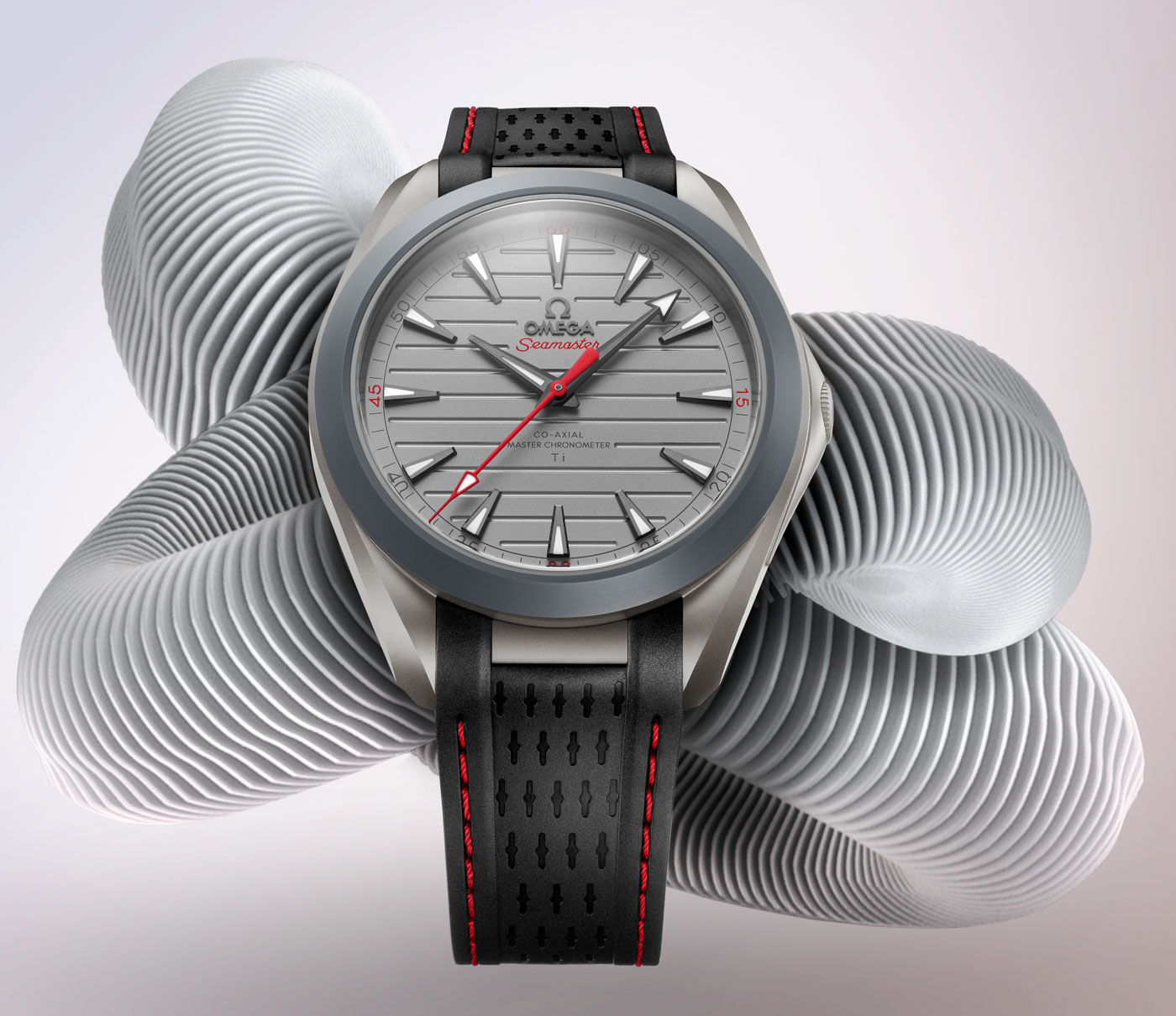
Crafted from an unworldly mixture of gamma titanium and ceramic, and powered by the brand’s first-ever titanium caliber, the Omega Seamaster Aqua Terra Ultra Light is among the most expensive (at $48,600) and technologically advanced watches the brand has introduced in recent times. Featherweight in its construction and straightforward in its design, there is one serious price tag to go with the novelty factor.
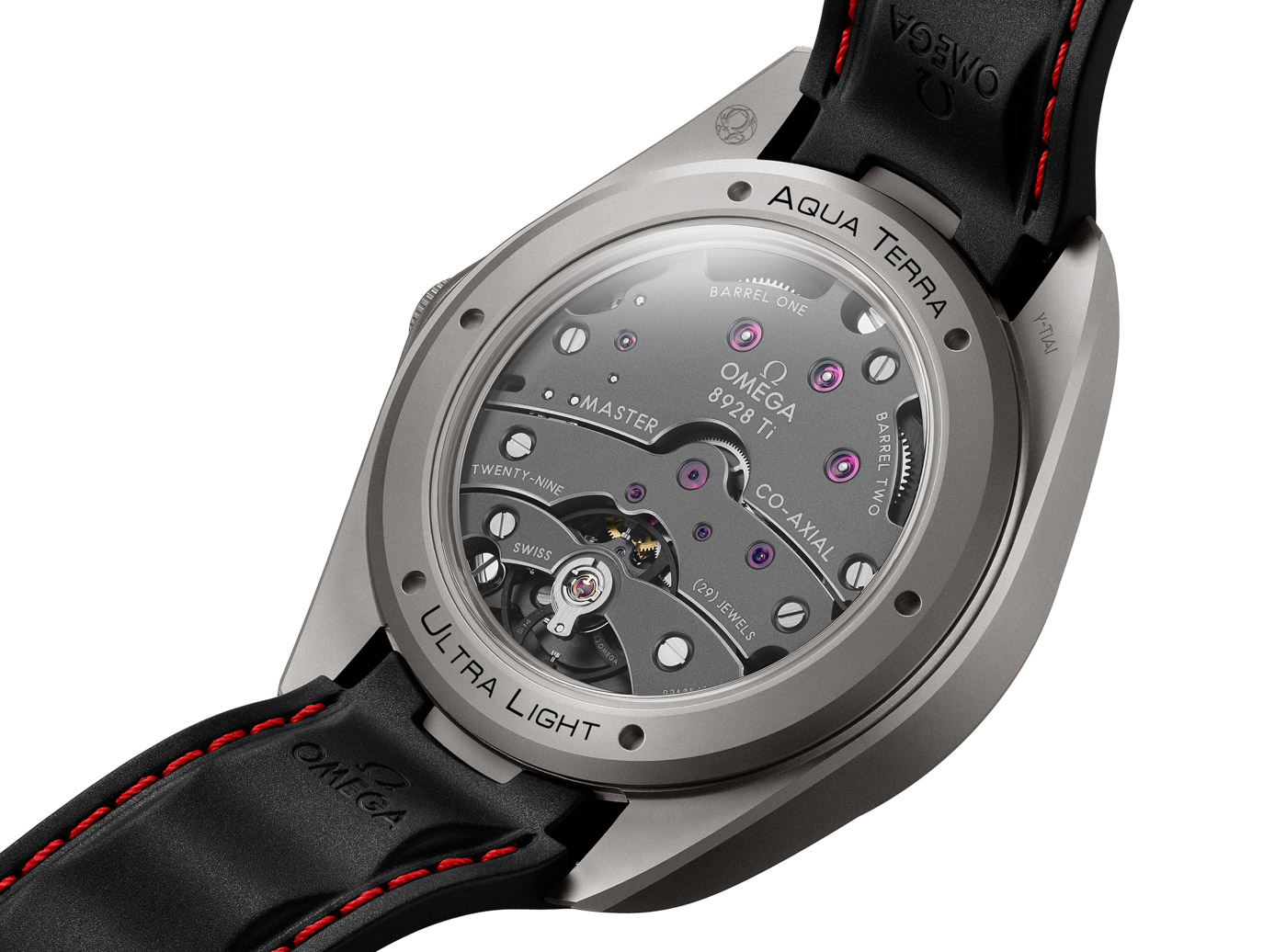
With the Seamaster Aqua Terra Ultra Light, Omega introduces a halo product that, for one, aptly showcases its advanced material know-how; it also allows fans of the brand to purchase into the debut of technological solutions we may (or may not) be seeing more widely available in future watch lines.

The tie-in is with golf and Omega brand ambassador Rory McIlroy, who testifies to having contributed to the product development phases. The goal was to create a new Omega sport watch that is “ultra-light” and, therefore, is “an absolute pleasure to wear, whatever sport you play” — and combine all that with rugged construction.
The end result is a truly featherweight timepiece that, despite its mechanical movement and a fabric strap attached, weighs just 55 grams.
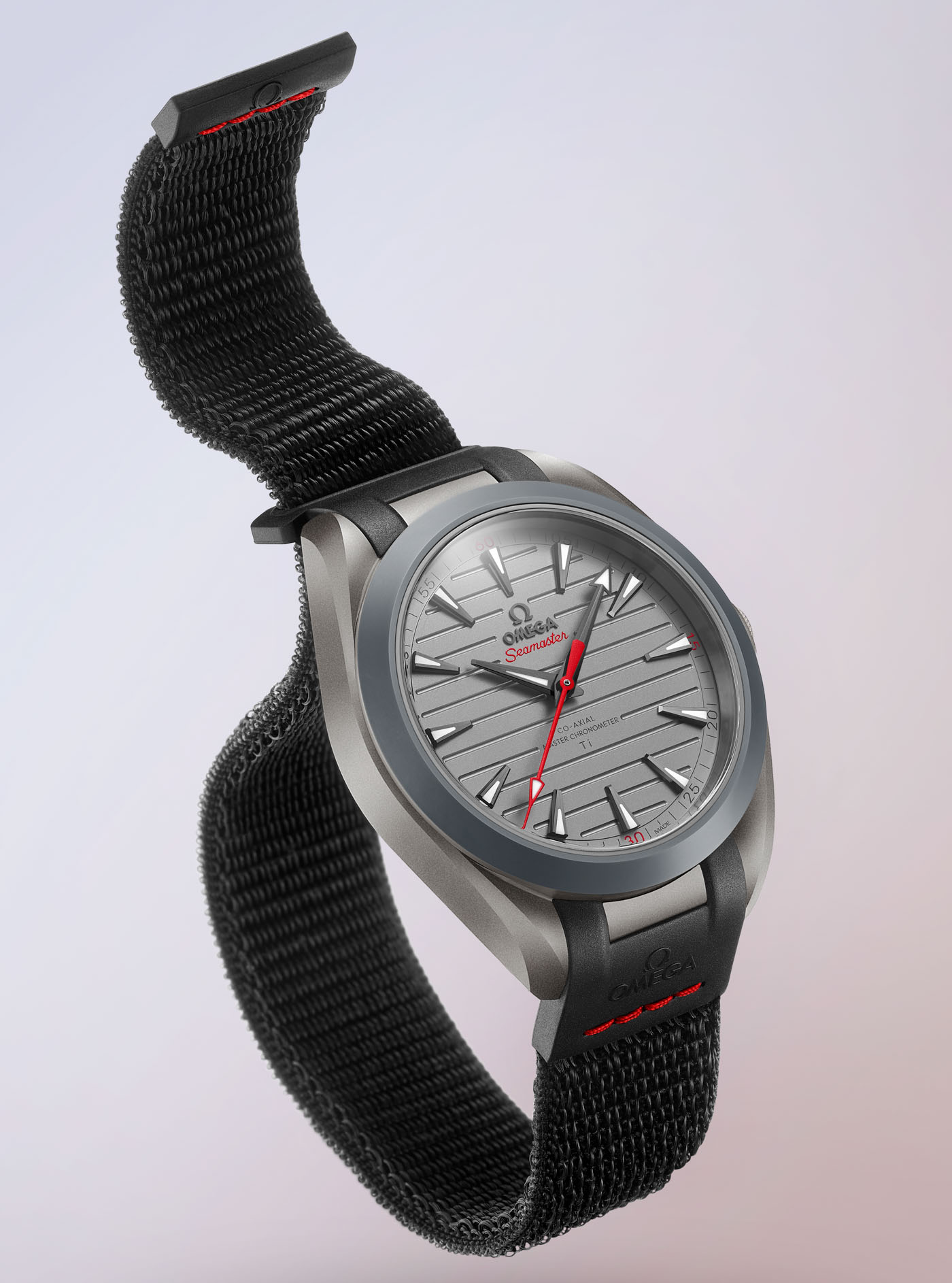
Why is having a strap attached a big deal? Because when Richard Mille quoted the weight of its first ultra-lightweight watches — the RM 006 and RM 009 (anyone else remember these?) — impressive weights of 42 and 29 grams were quoted off the strap, just for the watch head. Now, the Omega Seamaster Aqua Terra Ultra Light rests against the scales at just 55 grams with all its vital components attached — and that’s mighty impressive.
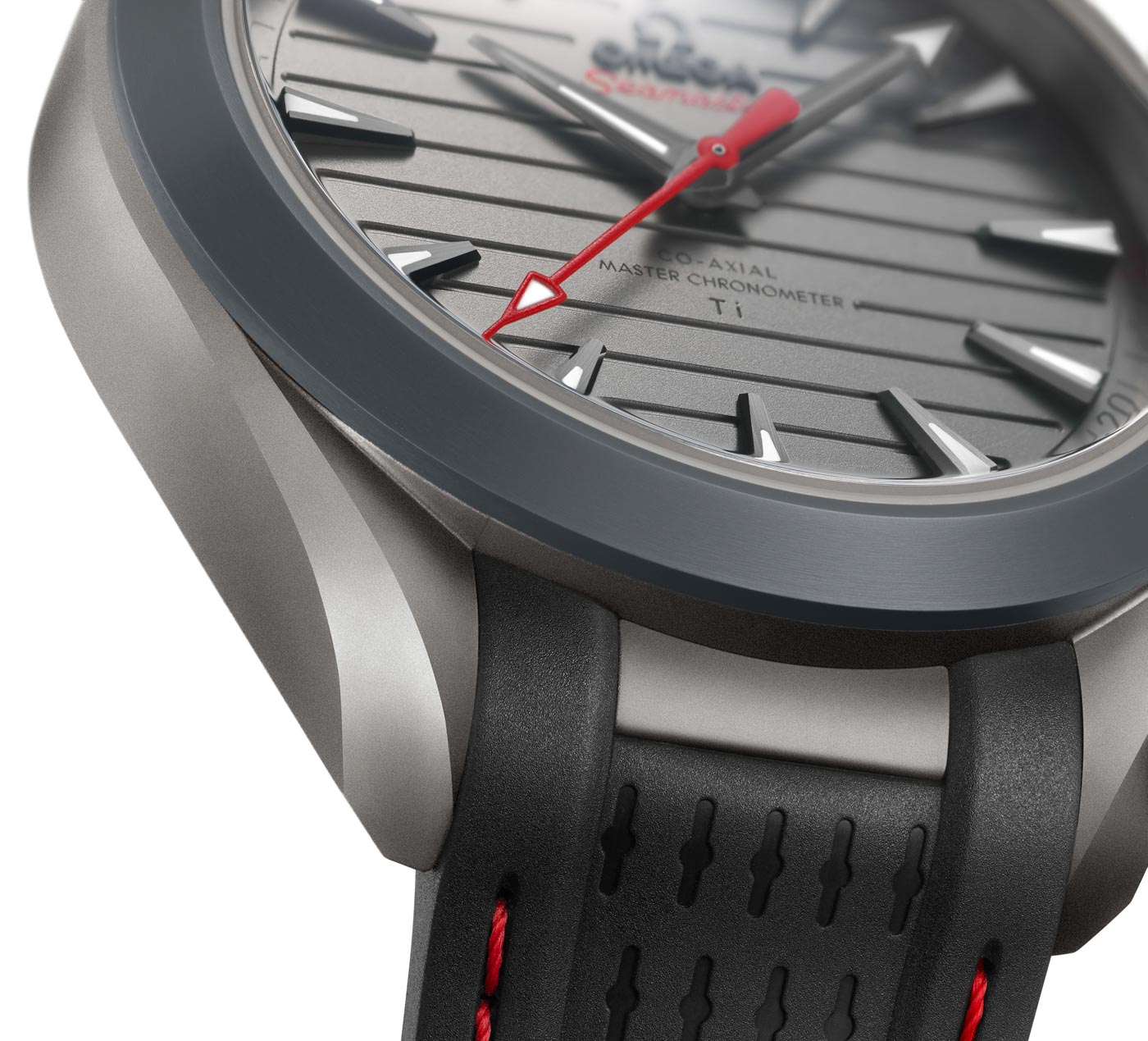
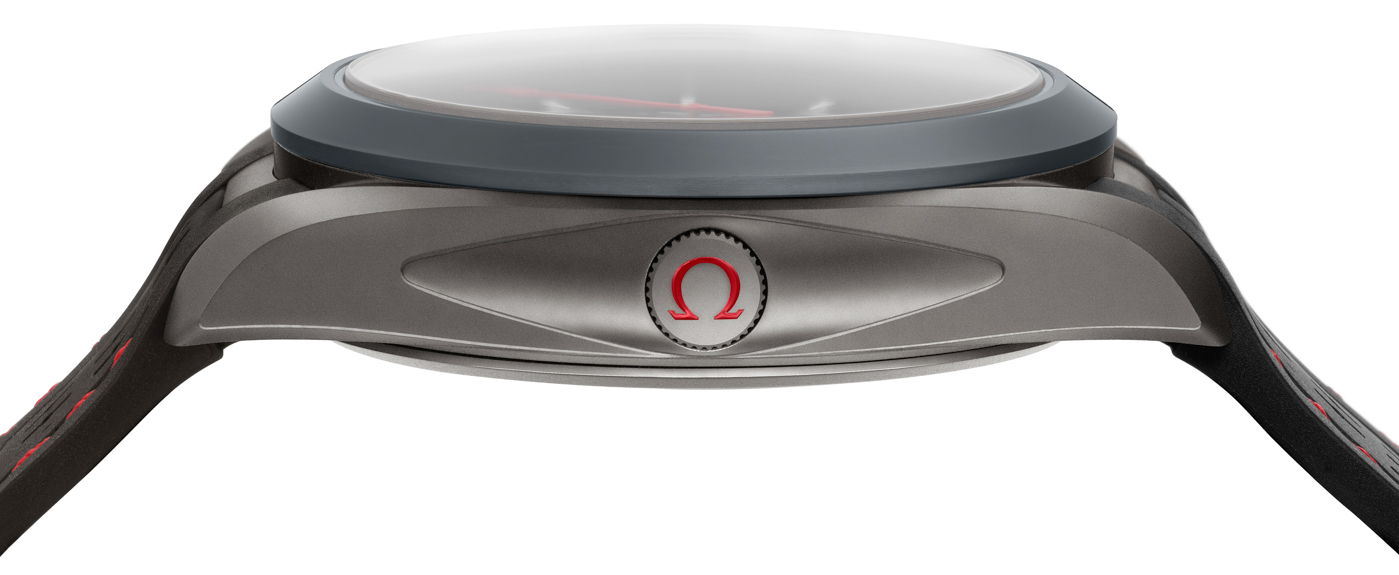
The case is crafted from gamma titanium — more specifically, gamma titanium aluminide, which has excellent mechanical properties and oxidation- and corrosion-resistance at elevated temperatures (over 600° Celsius), rendering it a possible replacement for traditional superalloy components in, say, aircraft turbine engines. The idea of watch brands reaching for materials used in distinctly different scenarios is almost a base requirement if you want to play ball in the high-five-figure segment of high-tech watches. Richard Mille’s NTPT multi-layer carbon was originally developed for the masts of competitive sailing yachts, for example.
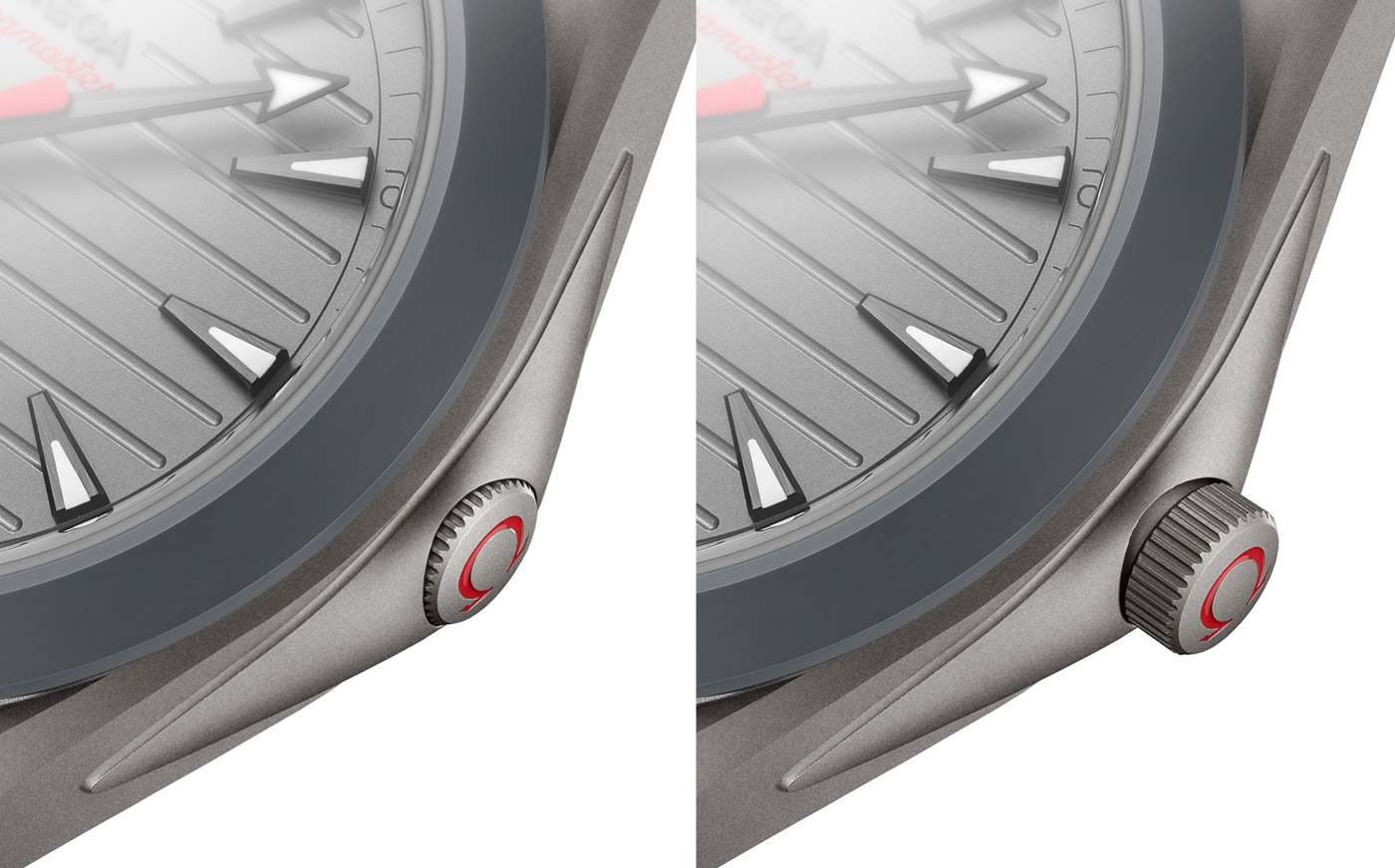
I imagine a few more grams could have potentially been shaved off with the elimination of the telescopic crown — but never mind that, as this way we get to witness the debut of this cool new feature on an Omega watch. This push-in crown is introduced in an effort to add comfort during game-time, “ensuring that nothing gets in the way of your hands.” Frankly, I applaud the addition of this feature, as it, alongside the titanium movement that we’ll be looking at in a moment, implies Omega’s dedication to creating a watch ideal for wearing during sports activities. And if a near-$50k watch with a telescopic crown doesn’t move you, I won’t judge — but it would be cool to see such creature-comfort features on main collection pieces, wouldn’t it? Well, this is how those features often debut.
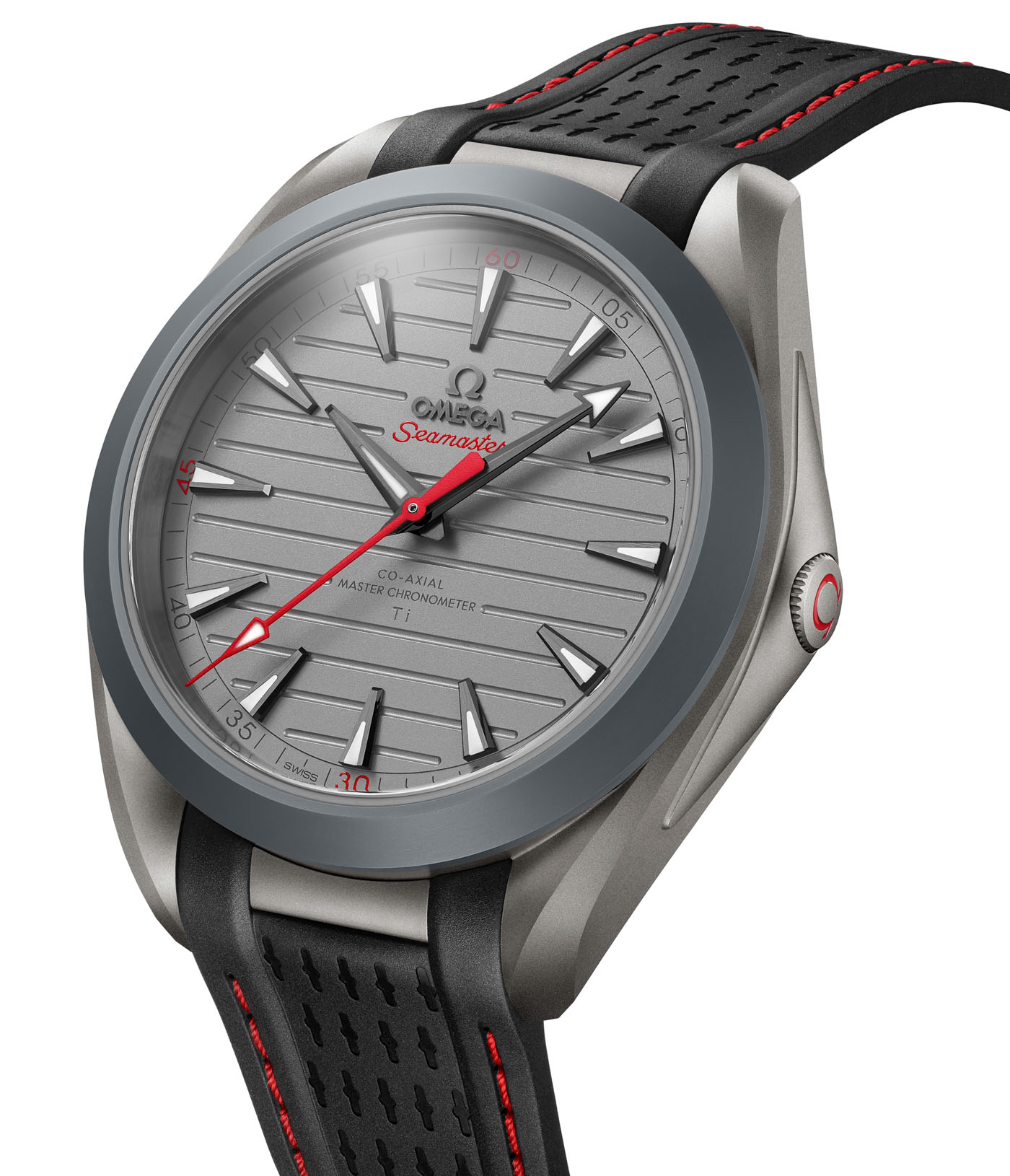
The bezel is highly scratch-resistant ceramic, presented in a color unique to the Omega Seamaster Aqua Terra Ultra Light. It has no graduations — although that certainly could have saved another fraction of a gram. I can also see why Omega wanted to keep this watch looking like a watch, and not a hollowed-out thing.
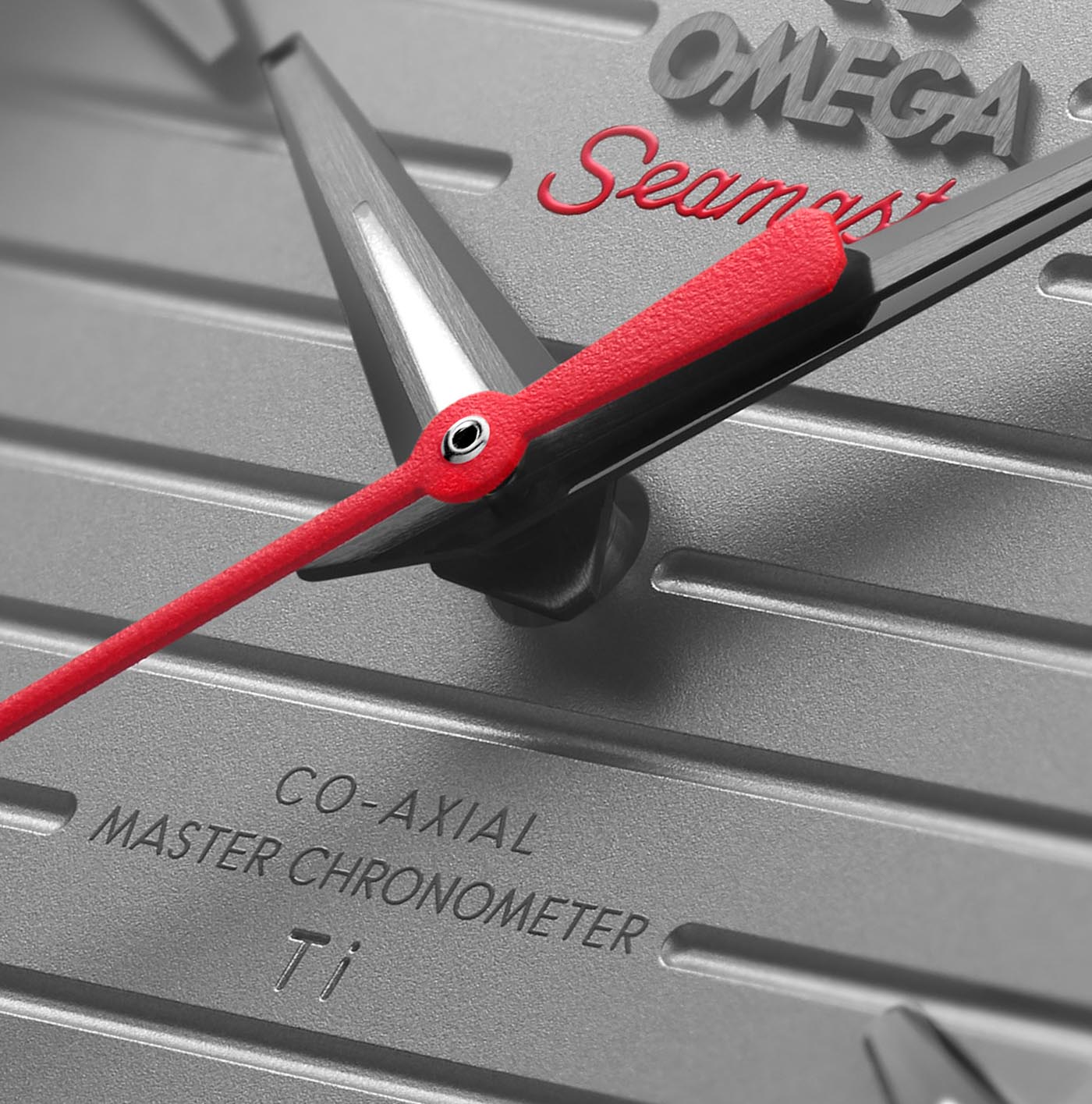
I have always appreciated how Omega sometimes labels main components of its watches with the material said components were crafted from. Now, for the first time I can remember, not only does the dial say, “Ti” for titanium (which we’ve seen before), but it also indicates the Omega 8928 Master Chronometer caliber. Now that is proper dedication to weight-saving.
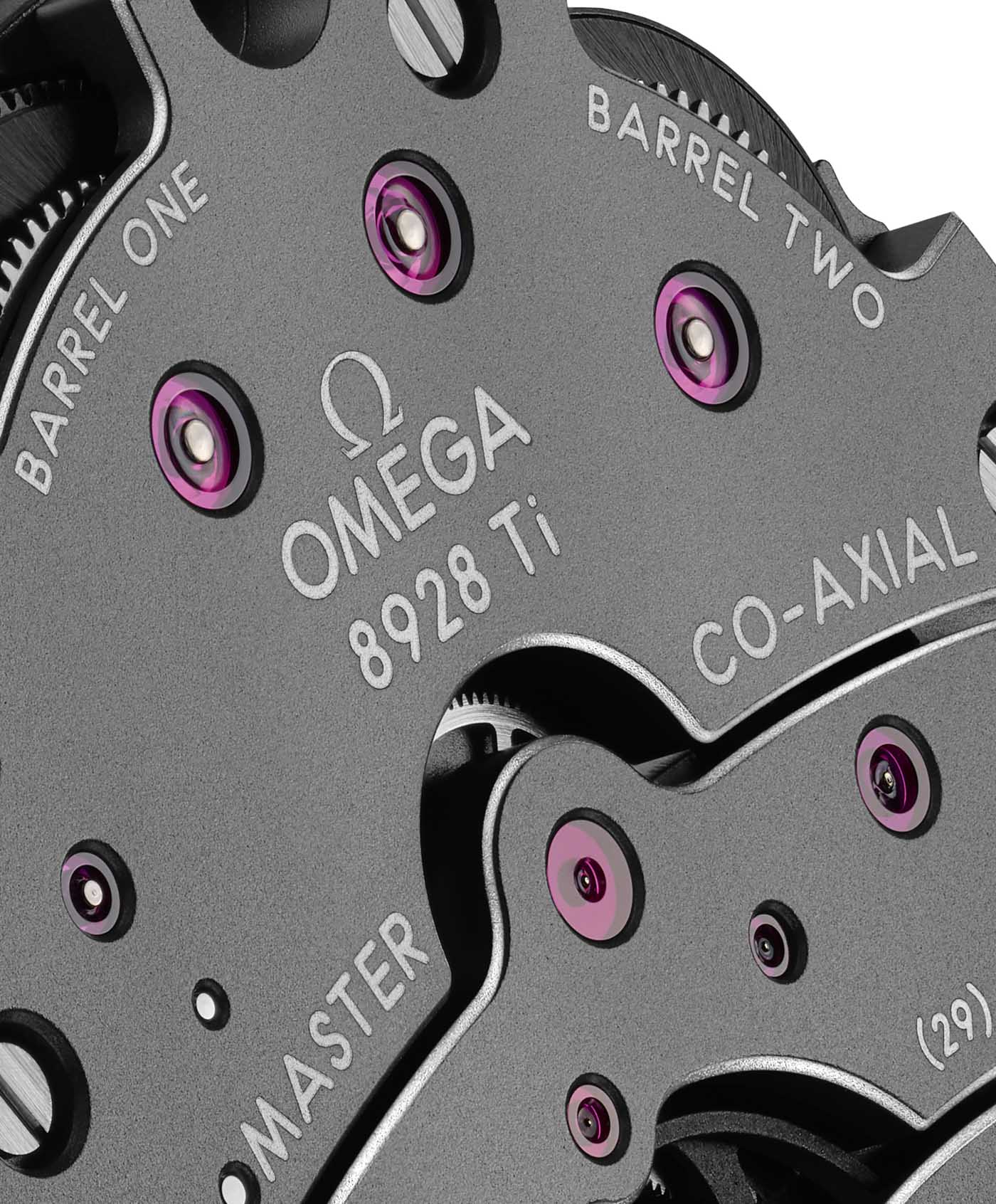
All the bridges and plates are in ceramicized titanium which, according to Omega, means “there’s less friction between the components.” Given the uncompromising use of low-friction, synthetic jewels for every important, high-friction fitting inside modern wristwatch movements, I am not sure at what point do the ceramicized titanium plates make a difference in reducing friction. On the upside of things, the Omega Caliber 8928 Titanium is a Master Chronometer, meaning it can resist magnetic fields as strong as 15,000 Gauss — and, of course, it comes with a co-axial escapement. Omega designed Caliber 8928 without an automatic winding system, most certainly to further reduce overall weight and heft.

The series-coupled, double-barrel movement offers 72 hours of power reserve and is displayed on the caseback of the Omega Seamaster Aqua Terra Ultra Light. Since we’ve mentioned the much, much more expensive purveyor of lightweight watches, Richard Mille, we should note that RM also has its movements crafted from titanium to keep weight at a minimum. That said, titanium movements (and high-end movements crafted from any material other than brass) are truly extremely rare.
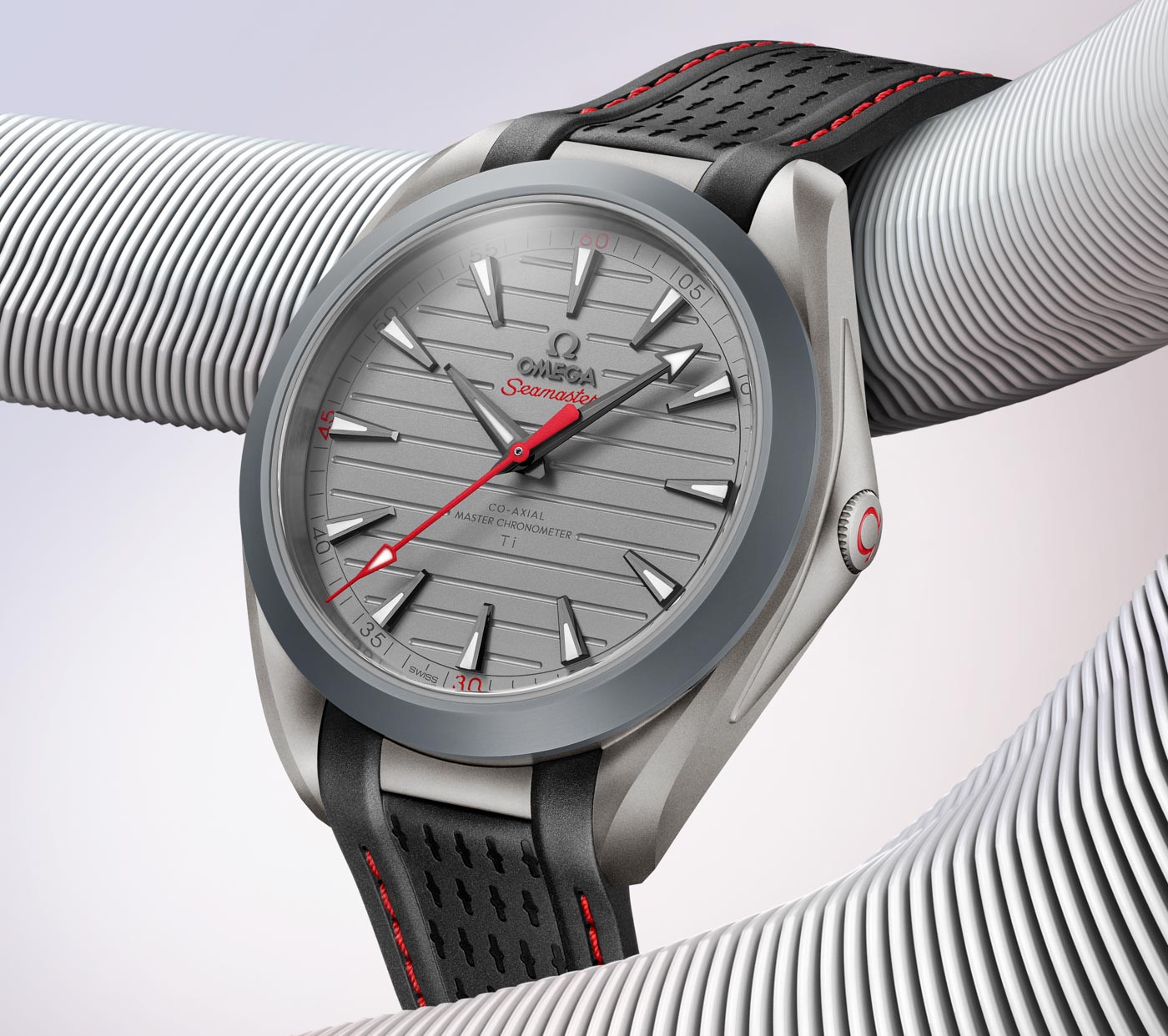
Available with red, green, or blue-colored accents, the Omega Seamaster Aqua Terra Ultra Light is priced at $48,600, positioning it well in the realm of halo watches. A new base material, a new movement expensively crafted in titanium, some new features, and an overall lack of compromise render the cost of this bold new, ultra-light Omega that much more understandable — if not any more affordable. Let us all start scouting omegawatches.com in hopes of these features making it into the main Aqua Terra collection soon.

